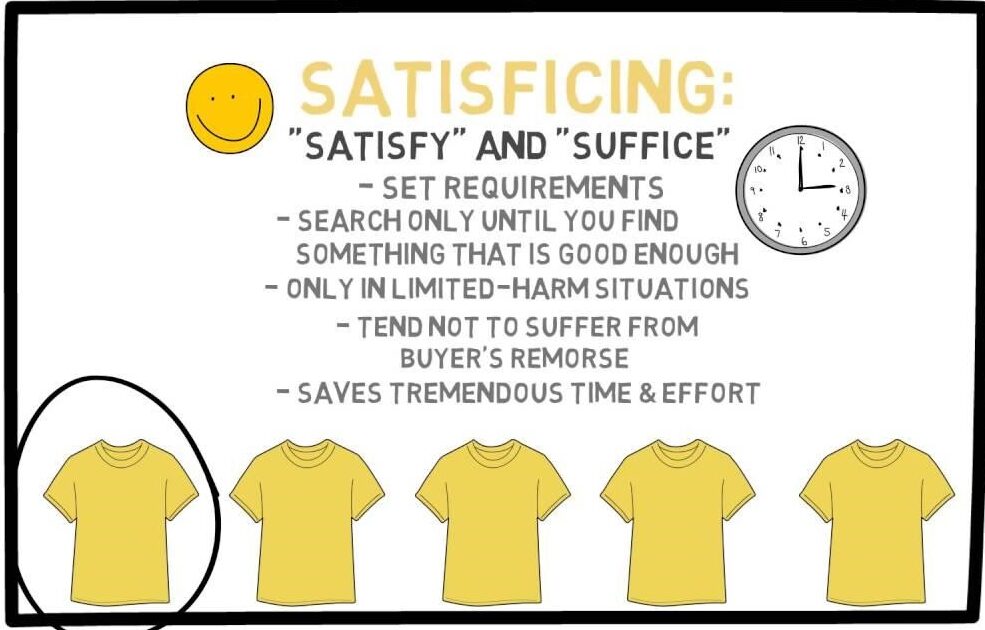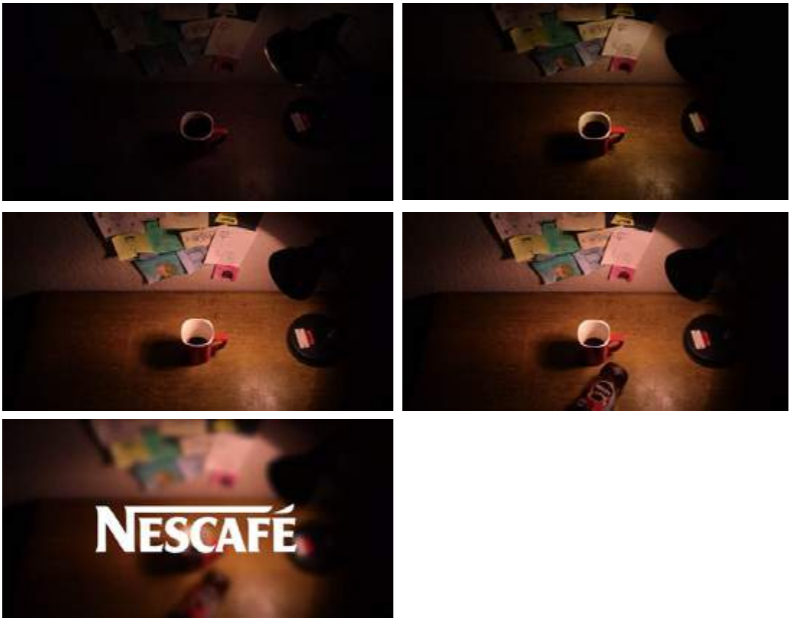In the time it took you to read the title of this article, ponder what it might be about and decide that you actually wanted to read the whole thing, a lot of our dear readers would have checked out and gone on to pursue a completely different task. And we understand it’s nothing personal – that’s just how most of us process information nowadays.
But for those of you who have made it this far, we are truly grateful. We are all actively competing for your fabled share of attention. A truly rare commodity, this attention.
It keeps shifting in the blink of an eye, constantly jumping from one information nugget to another. Its volatile nature makes you read less every day and dictates you to forward messages that you never read. All of this while you switch rapidly between the gazillion tabs and apps on your devices.
Are you still listening?

YES, YOU!
As a matter of fact, in the last 20 years, your average attention span has contracted by almost a quarter. You now lag behind the modest goldfish in terms of being able to focus on a task or an object. Yes, a GOLDFISH. Those tiny little creatures that swim in a small glass bowl all day long. Their attention span is now longer than yours.

Your shortened attention span has also become more discriminating.
In today’s generation of endless choices, your cognition is using wizardry to defend against information overload. American Nobel winning economist Herbert Simon took deep interest in studying these mind tricks – and coined our attention giving process as ‘satisficing’ – a combination of satisfy and suffice. Satisficing means you give attention to things as you think they deserve. You engage significantly longer with content that you actively like, and you ignore or pay less attention to content that you filter out.
Satisficing becomes even more important if you are a BRAND. You have no other option but to take this challenge in your stride and accept that attention will not be handed to you on a plate – you must earn it.

There is some good news though – brands are not just fighting this battle but also emerging on top. Just like great tattoo artists who create indelible designs that strike in the first glance, these brands are building memorable narratives in a really short window of opportunity.
Their secret sauce of success?
Short Form Content (SFC)

With the rising popularity of both short-form video platforms and mobile, the appetite for mobile-friendly SFC has never been bigger. Let’s see some brands who have truly knocked it out of the park:
1) How SpiceJet leveraged SFC to convey its new offerings:


2) How Google Photos used SFC to talk about an everyday problem to plug itself:



3) How Nescafe captured the essence of coffee using SFC:

Hooked to SFC?
Allow me to spill the beans.
Your SFC is going to be a distraction from a much more pleasant piece of content the consumer would rather be watching. A brain needs less than 1/2 second to engage with SFC & trigger a reaction, positive or negative. Make your creative in a way that requires minimal effort for comprehension, and entertaining if possible. As marketers, remember these rules before you begin creating and delivering SFC for your brand.

Successful brands understand that SFC is an elevator pitch to the consumer and they need to remember it was you. And this is why SFC has heightened the necessity to transform creativity – to make sure you not only grab attention but to do so in a short amount of time.
The 6 golden rules for an effective SFC are:
1. Capture attention quickly. Being dramatic upfront is critical. Your message has to get out as soon as possible, possibly in the first 5 seconds.
2. Think visually. Images are more graphic, compressed and sticky. Videos occupy a crowded space and try to catch attention as soon as possible.
3. Set context, get branding in early. Story arcs work differently on mobile. Consumers are 23% more likely to remember if the brand was featured in the first three seconds.
4. Design for sound off, delight with sound on. Play with supers and captioning. Make sure comprehension isn’t muted. Your videos should communicate your message even without audio.
5. Frame for Vertical. Use the full real estate of the phone. Either 9:16 vertical videos or 1:1 – a perfect square.
6. Keep the duration to 10 or less. When you write to the medium, you can get your point across both quickly and powerfully. A length of 5-15 seconds is recommended.
In the digital world, the choice rests with the consumer’s thumb – so make sure you use all the tricks in the book and techniques with the CG house to ensure your ad grabs and keeps the viewer’s attention. Remember, you will only emerge victorious if you respect the environment. Be creative – test, learn, adapt and become unforgettable!
Sources:
Brand Equity, “Dynamics of a ‘short attention span’ world”, Jan 06 2020
Afaqs, “Do’s and Don’ts while crafting ‘the 10-seconder’ for brands…”, 24 May 2019
Microsoft, “Attention Span Consumer Insights”, 14 May 2015

